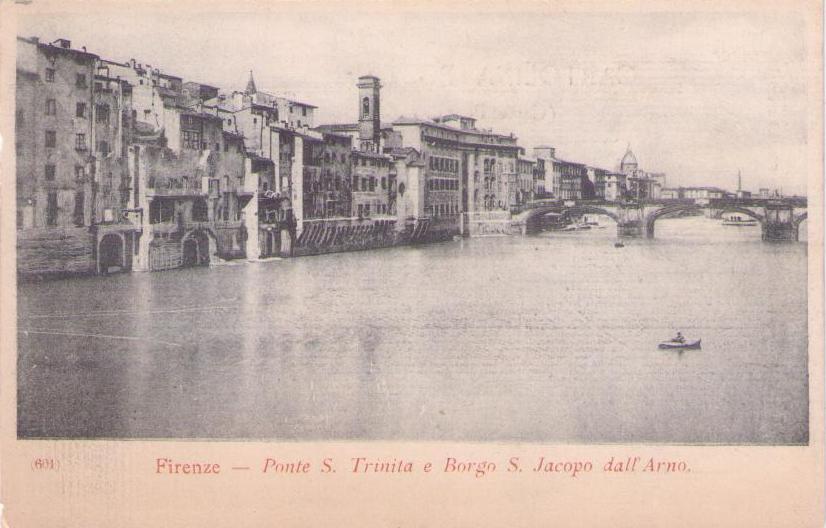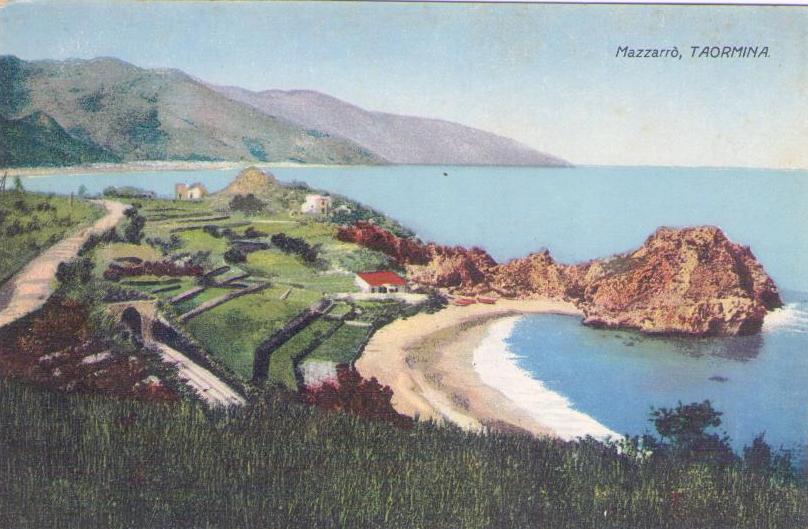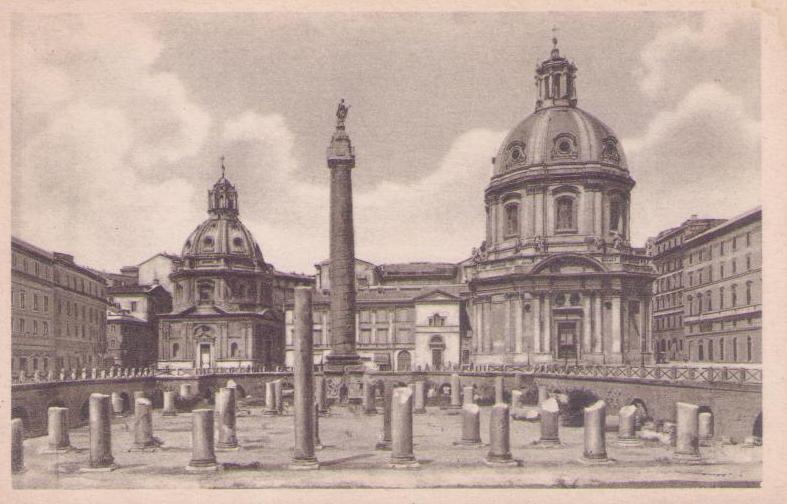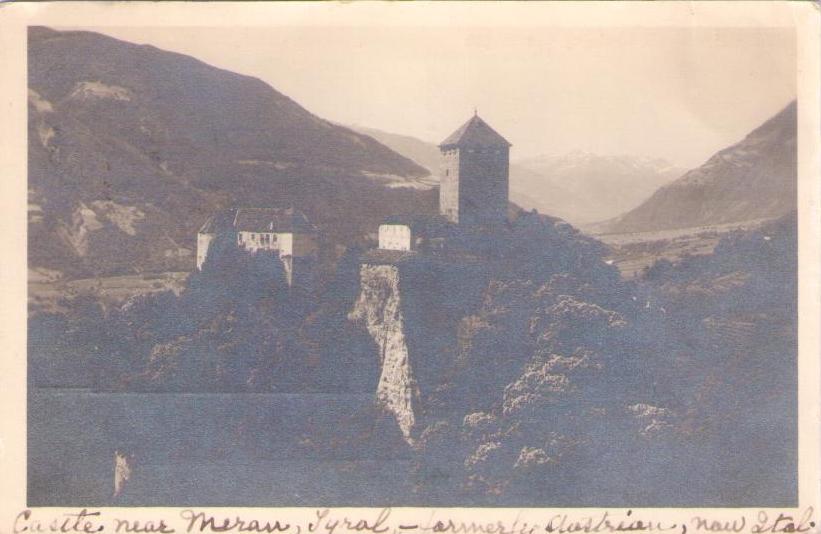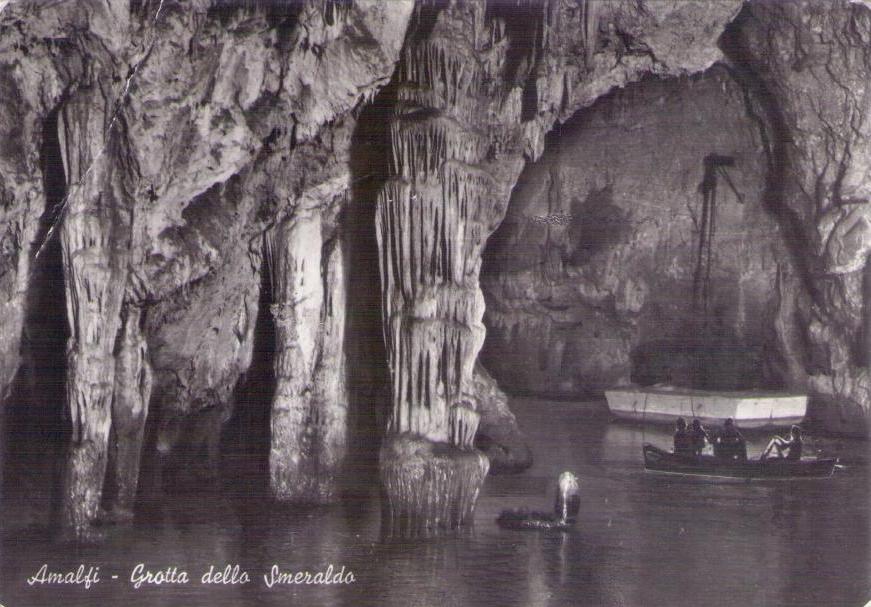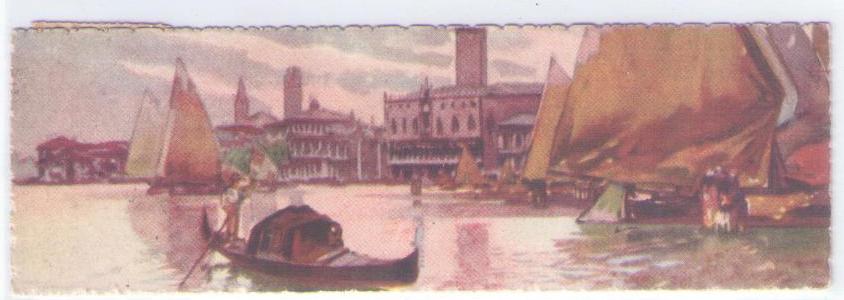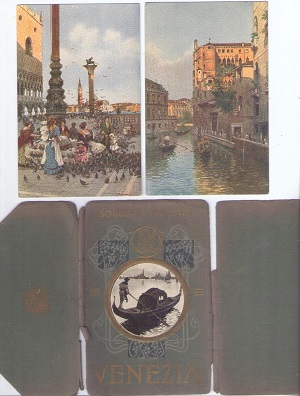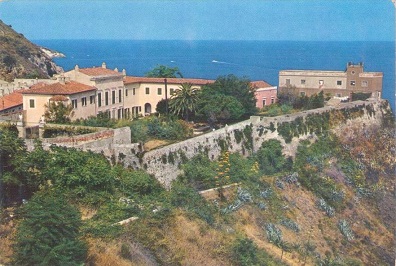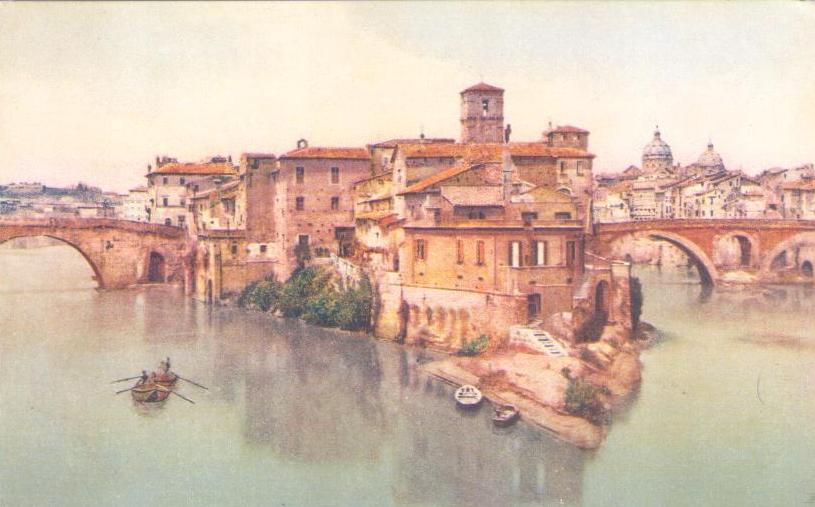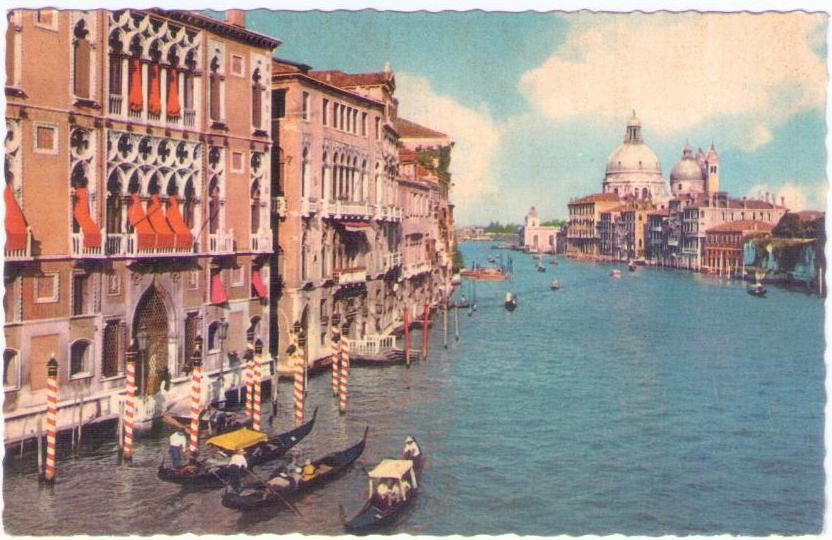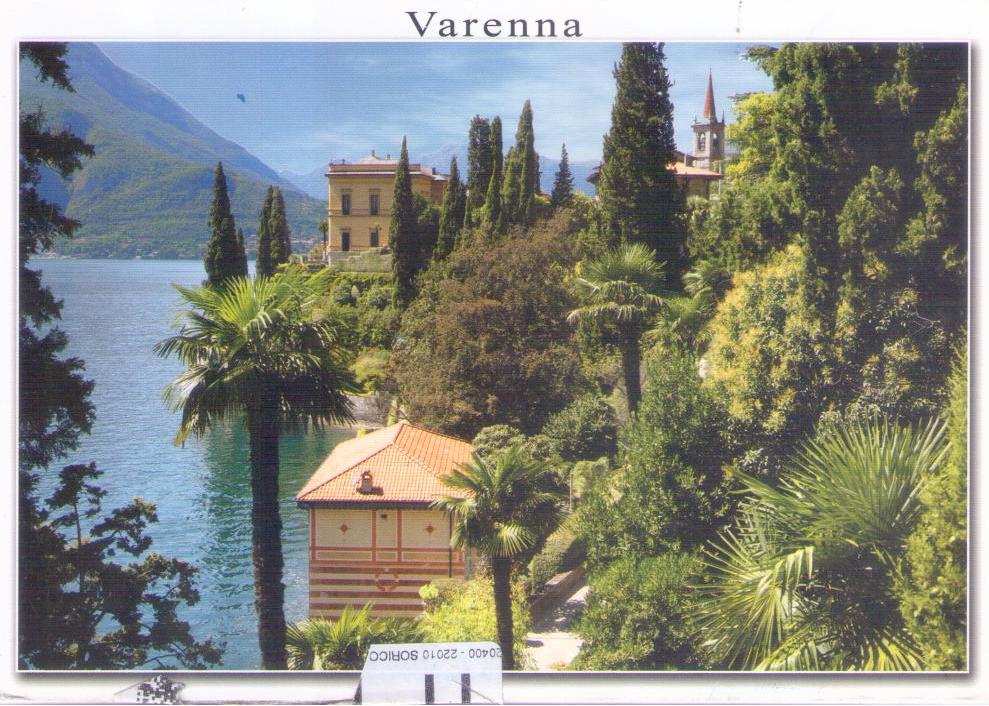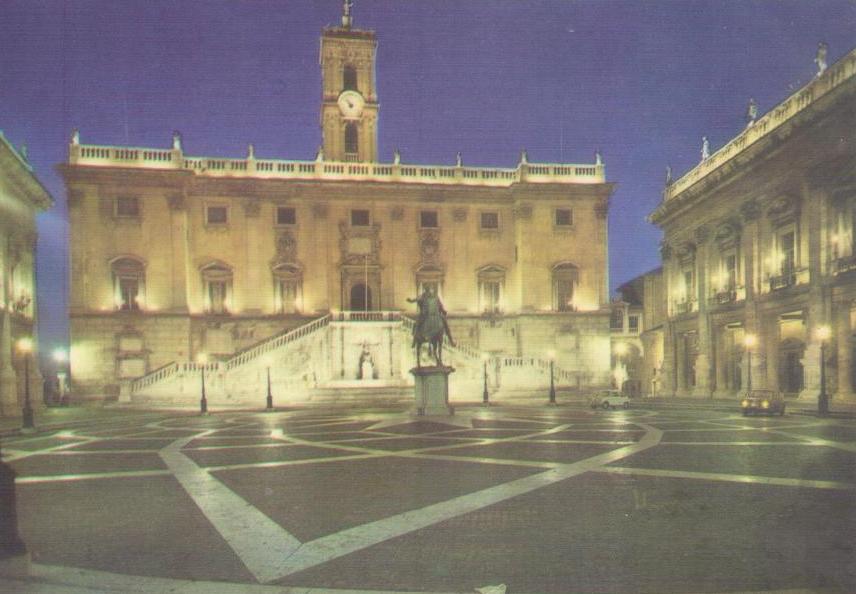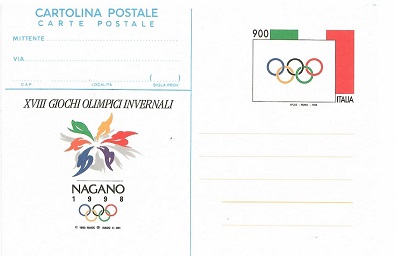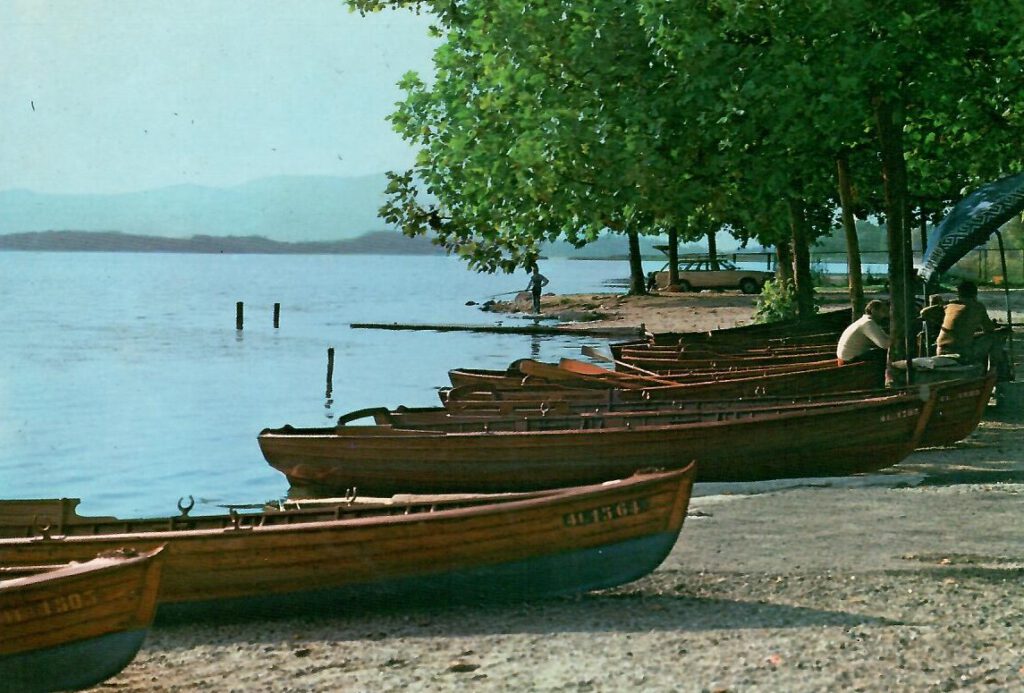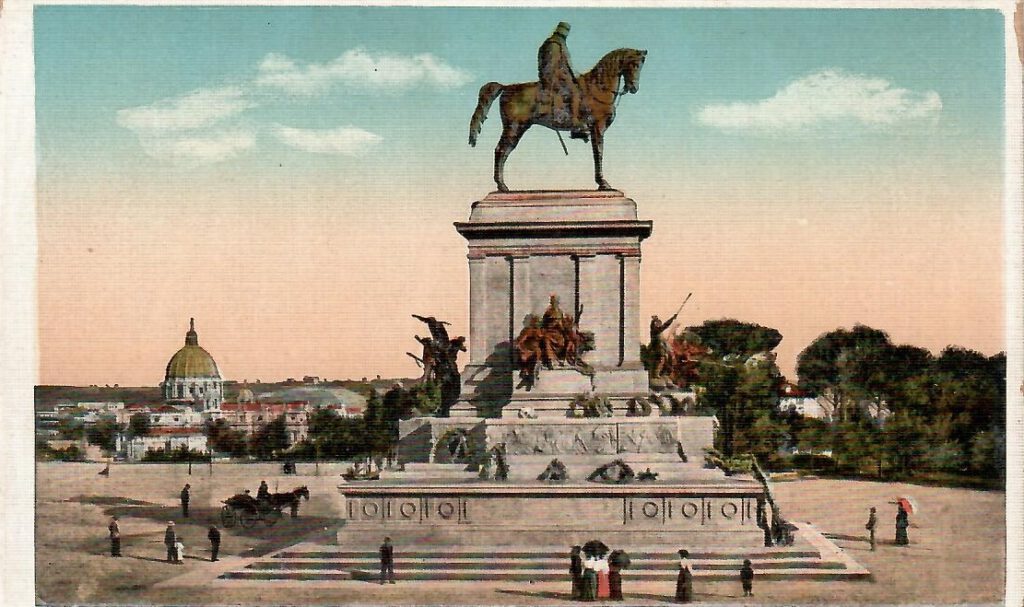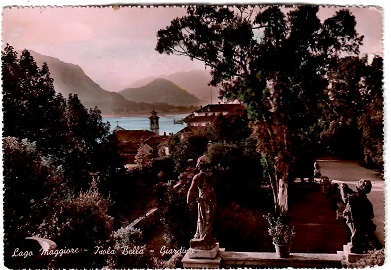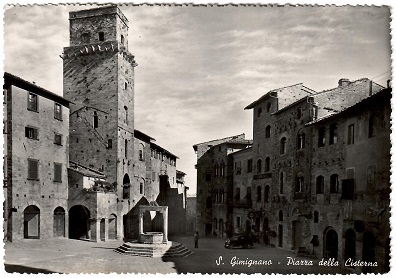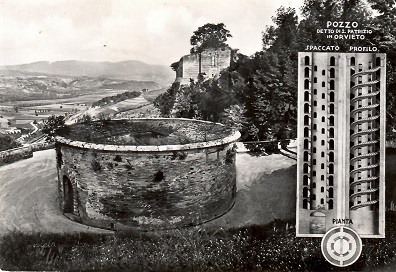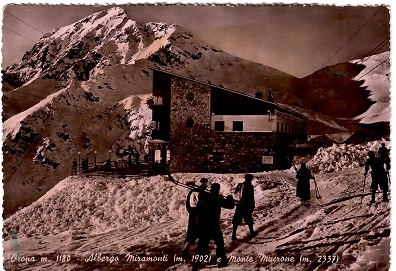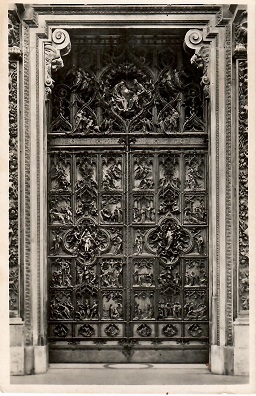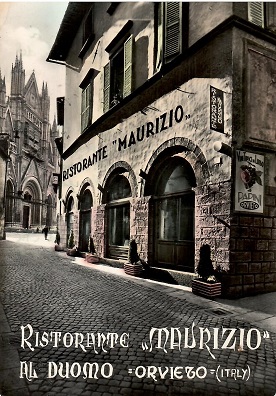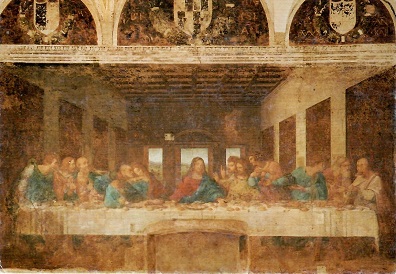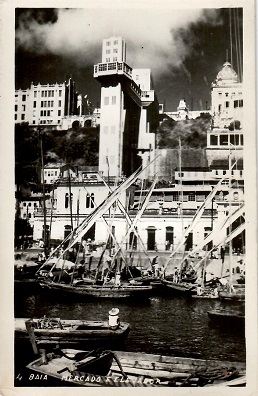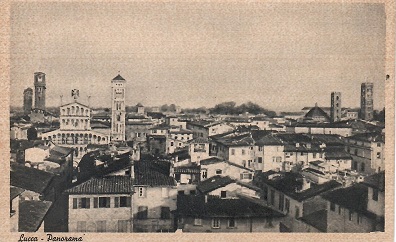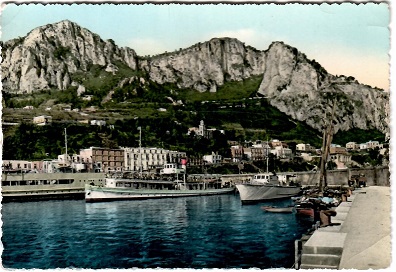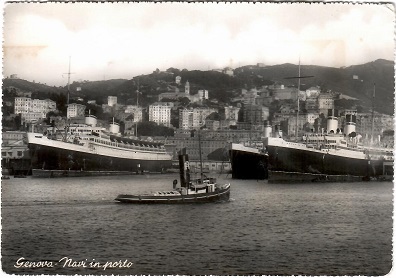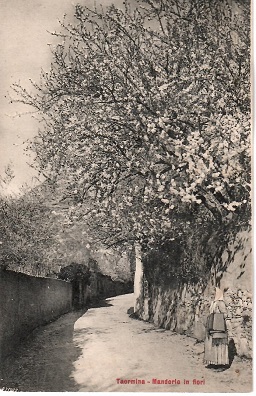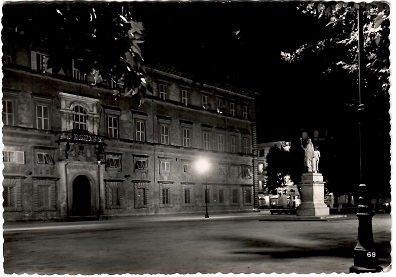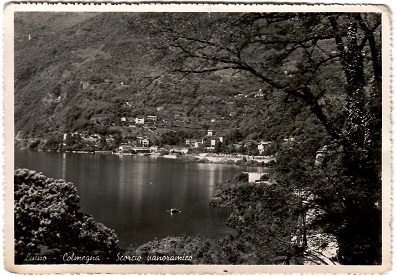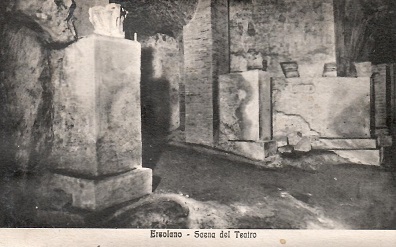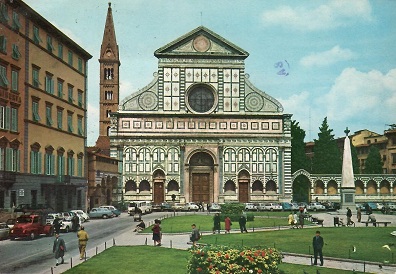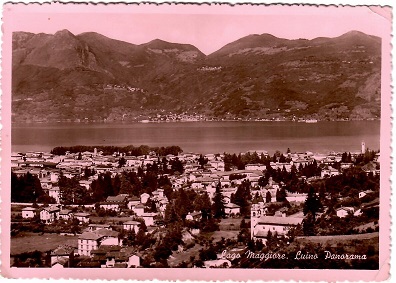-
Roma – Villa Doria-Pamphily
Unused, sepia, aged Brunner & C. card I-635. Grade: 2
-
Roma – Chiesa di S. Lorenzo in Lucina
Unused, sepia, old. Grade: 1
-
Firenze – Ponte S. Trinita e Borgo S. Jacopo dall’ Arno
Unused old message-on-the-front-only card. Heavily aged, but clean. Grade: 1
-
Sicily, Taormina, Mazzaro
Unused old postcard with some staining on the reverse. We are led to understand that the area is now heavily built up, with beach access equally heavily controlled by the respective hotels. È vero? Grade: 3
-
Roma – Foro
Unused and highly aged. Grade: 2
-
Meran, Schloss Tirol
Apart from what you see on the front of this real-photo card, there’s much more of a message on the back, mailed in 1922 with stamp and heavy postmark. Grade: 3
-
Amalfi – Grotta dello Smeraldo
Unused real-photo card with a major crease through the upper left corner. Grade: 4
-
Venezia – Canal Grande
We had not seen cards like this before. It’s old, and measures 1-7/8″ x 5-5/8″. Mailed in 1911, on the back you’ll find the stamp, two large Venice Ferrovia postmarks, and part of one from Boston — even though the card had been mailed to New Hampshire. We were interested to see that the Venetian postmarks were dated 11th May, and the Boston one was dated 22nd May. So that’s how long the sea transit took. Not bad. A wonderful addition to your collection. Grade: 1
-
Venezia – Panorama del Molo
Similar in style to our entry 20527206, this card (from what looks like 1910) has its stamp and Venezia Ferrovia postmark, and a terrific if wildly misinformed message. Grade: 1
-
Venezia – Soggetti Artistici (group of 8)
We believe (based on reference numbers on the reverse) that there had been 12 cards in this set originally. Eight remain. Our scan shows you two of them, along with the crumbling remnants of the paper cover. The unused cards are heavily aged on the reverse, yet their pebbled and glossy finish on the fronts make them very attractive despite the age. Hard to grade due to the condition of the cover, yet common sense dictates: Grade: 3
-
Isola d’Elba, The Napoleonic Villa of the Mulini
Unused, aging card. There’s a large and bright red circular “chop” on the reverse, indicating that the card is officially from the museum. Grade: 2
-
Roma – Isola Tiberina
Older, unused Brunner & C. card G180. Grade: 1
-
Venezia, Canal Grande – Palazzo Franchetti
Heavily aged and not postally used, with a short note written on the reverse. Grade: 3
-
Varenna, Como Lake
Captioned in four languages, and mailed in 2014 with: two different stamps, Milan postmark, and a separate postage meter label that partly wraps around to the front. Along with orange postal barcoding, a card with character. Grade: 1
-
Rome, The Capitol
Unused, aging. Grade: 2
-
Do you know the land?
One of those cards that just makes us crazy. Seems to be a reproduction of an old travel poster, and was mailed from Indonesia (not Italy!) in 2020 with stamp, postmark, and large sticker with airmail and other text on it. Grade: 4
-
Pisa, multiple views
Older, unused card. Beginning to age, but clean. Grade: 1
-
Nagano Winter Olympics 1998
Nagano is in Japan, and the small oddity is that this unused card (blank on the reverse) is from Italy. Grade: 1
-
Varese, La Schiranna
Unmailed card, whose front is fine and where someone wrote an explanatory note about the location, on the reverse. Grade: 3
-
Rome, Garibaldi Monument and Monte Gianicola
Old, unused, unattributed card showing a scene in a quieter time. If you don’t know the area, Wikipedia advises: “The Janiculum (Italian: Gianicolo), occasionally the Janiculan Hill, is the second-tallest hill (the tallest being Monte Mario) in the contemporary city of Rome … the Janiculum does not figure among the proverbial Seven Hills of Rome, being west of the Tiber and outside the boundaries of the ancient city.” Grade: 1
-
Rome, S. Giorgio
We’ve tried to make out the caption at the bottom left of this unmailed old real-photo postcard: “ROMA – S. Giorgio in Velabro – Baldacchino”. So this guides us to tell you what you’re seeing: “A baldachin, or baldaquin, is a canopy of state typically placed over an altar or throne. It had its beginnings as a cloth canopy, but in other cases it is a sturdy, permanent architectural feature”. The card has a written explanation of something in the message area. Grade: 4
-
Lago Maggiore, Isola Bella – Giardino
Until 1632 the island—known only as l’isola inferiore or isola di sotto—was a rocky crag with a tiny fishing village: but that year Carlo III of the influential House of Borromeo began construction of a palazzo dedicated to his wife, Isabella D’Adda, from whom the island takes its name. The oddly coloured postcard is unused and with some age spotting on the reverse. Grade: 2
-
Verona, Visione panoramica della Spettacolo Lirico in Arena
Here’s a case where even if you don’t speak Italian, you don’t need to. Unused card with serrated edges, and we assume at least two gentlemen are in there somewhere. Grade: 1
-
S. Gimignano – Piazza della Cisterna
Piazza della Cisterna has a triangular shape with a slight natural slope and is connected to the nearby Piazza del Duomo by an open passage. The pavement is brick and the piazza is surrounded by houses and medieval towers. Do these buildings have WiFi now? Unused real-photo card, serrated edges. Grade: 1
-
Orvieto, Pozzo di S. Patrizio
The Pozzo di San Patrizio (English: “St. Patrick’s Well”) was built by Antonio da Sangallo the Younger of Florence between 1527 and 1537, at the behest of Pope Clement VII who had taken refuge at Orvieto during the sack of Rome and who feared the city’s water supply would be insufficient in the event of a siege. The well was completed in 1537 during the papacy of Pope Paul III. The name was inspired by medieval legends that St. Patrick’s Purgatory in Ireland gave access to Purgatory, indicating something very deep. Da Sangallo surrounded the central well shaft with two helical ramps in a double helix, accessed by two doors, which allowed mules to carry empty and full water vessels separately downward and upward without obstruction. The well is 53.15 metres (174.4 ft) deep with a base diameter of 13 metres (43 ft), with 248 steps and 70 windows providing illumination. That’s a lot of explanation, but the unused card itself is also detailed. Grade: 1
-
Torino, Grande Albergo Svizzera
We are wondering whether this hotel became what’s now the Piazza Castello Suite. Enough similarities between the then-and-now photos suggest so, and if you Google “Svizzera’ you will come away confused by so many entries. Anyway, unused and very old B&W postcard. Grade: 1
-
Oropa, Albergo Miramonti e Monte Mucrone
Many other vendors date this card variously from 1949 through 1956. We have no idea, but ours is unused, clean, with serrated edges, and less expensive than the others. The hotel may not be there any more, though. Grade: 1
-
Milano, Duomo – Porta maggiore
Milan Cathedral, officially the Metropolitan Cathedral of the Nativity of the Blessed Virgin Mary, is an Italian national monument dedicated to Santa Maria Nascente . It is the largest church in Italy (the largest in the Italian Republic, given that the basilica of San Pietro, larger, is in fact in the Vatican City; and third in the world by surface. We tell you this so you can appreciate more the importance of the gate. Unused card with a circular “chop” on the reverse suggesting that the postcard came directly from the Duomo itself. Grade: 1
-
Orvieto, Ristorante Maurizio al Duomo
As unused restaurant postcards go, can you really do better? Real-photo B&W card captioned in five languages. And guess what? It’s still there. Grade: 1
-
The Last Supper
For clarity, we will place here the entire caption on this unused old card: LEONARDO DA VINCI- Ultima Cena; Milano – S.M. delle Grazie”. The painting? 1495-1498. The postcard? Slightly newer. Grade: 1
-
Baia, Mercado e Elevado
Unused old Wessel real-photo card with some age staining on the reverse. We would suggest: never mind that! Grade: 2
-
Lucca, Panorama
Unused older card with a view unlikely to be quite the same now. Grade: 1
-
Capri, The Large Port
That’s one of four linguistic captions on this unused but aging card with its serrated edges. Grade: 1
-
Genova, Navi in porto
Unused real-photo card from a much quieter time. Grade: 1
-
Taormina, Mandorlo in flori
Mandorlo = almond tree, in Italian. Unused, highly aged (appropriately). Grade: 1.
-
Lucca, Palazzo del Governo
Unused real-photo card on a very dark night. Very minor age spotting on the reverse. Grade: 2
-
Luino, Colmegna, Scorcio panoramico
We have a soft spot in our corporate heart for real-photo older Italian postcards like this showing unvarnished “Before” views. Unused, serrated edges, a mild stain wash spreads across the reverse. Grade: 3
-
Ercolano, Scena del Teatro
Ercolano’s fortunes are historically linked to Mt. Vesuvius: Ercolano, a town and comune in the City of Naples, lies at the western foot of Vesuvius on the Bay of Naples. The medieval town of Resina was built on the volcanic material left by the eruption of Vesuvius (79 AD) that destroyed the ancient city of Herculaneum, from which the present name is derived. Ercolano is a resort and also manufactures leather goods, buttons, glass, and the wine known as Lacryma Christi (Tears of Christ). As for this postcard, which looks as old as the original eruption, it’s unused and has a slightly wavy surface on the reverse. Grade: 2
-
Firenze, St. Maria Novella Basilica
Mailed in 1975, with stamp, postmarks, and bilingual Via Aerea label. A bit of postal ink on the front. Grade: 3
-
Lago Maggiore, Luino Panorama
We honestly don’t know whether cards in this series were pink originally or whether they all became this way over time … but que sera, sera. Unused postcard, real-photo, with serrated edges.Apart from aging, otherwise clean. Grade: 1



